
In the age of tumbling digital waves, the field of brand building and design is undergoing an unprecedented transformation. New technologies such as Artificial Intelligence (AI) play an integral role in this transformation.
Course Introduction
SGFB isBranding Managament (Sino-German 2+2) 22nd yearschoolchildren offerBrand Design PrinciplesThis elective course leads students to face technological innovations head-on and explore the sustainable integration of brand building, design and emerging technologies.
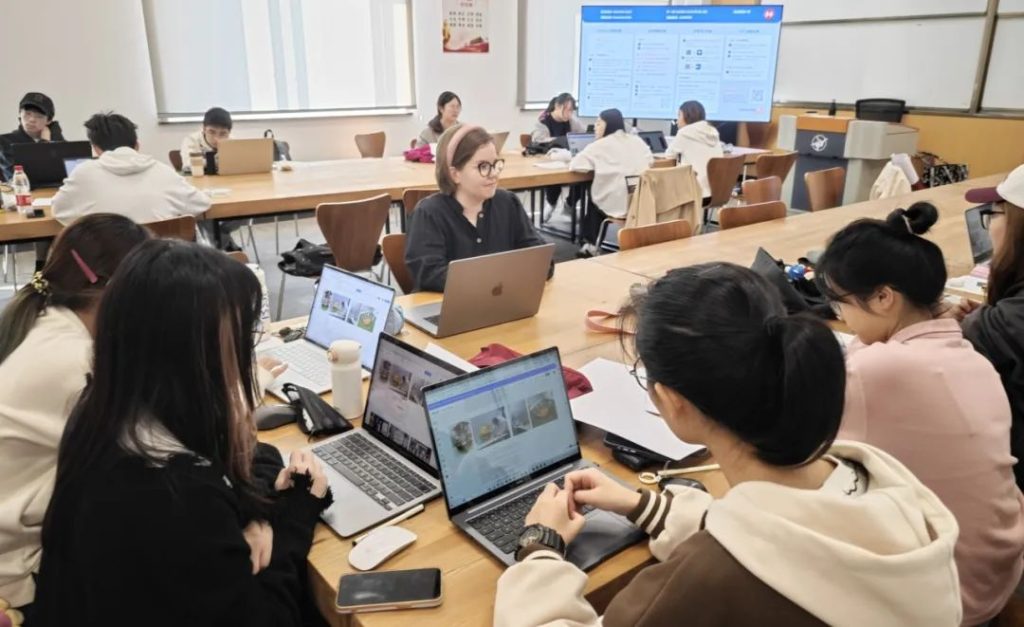
Taught by Titta Julkäs, the course guides students to incorporate design thinking models and a variety of efficient and effective design software into all aspects of branding, including market research, brand storytelling, and communication strategy development. These tools and methods allow students to explore the unique appeal of a brand with a broader perspective and more precise insights.
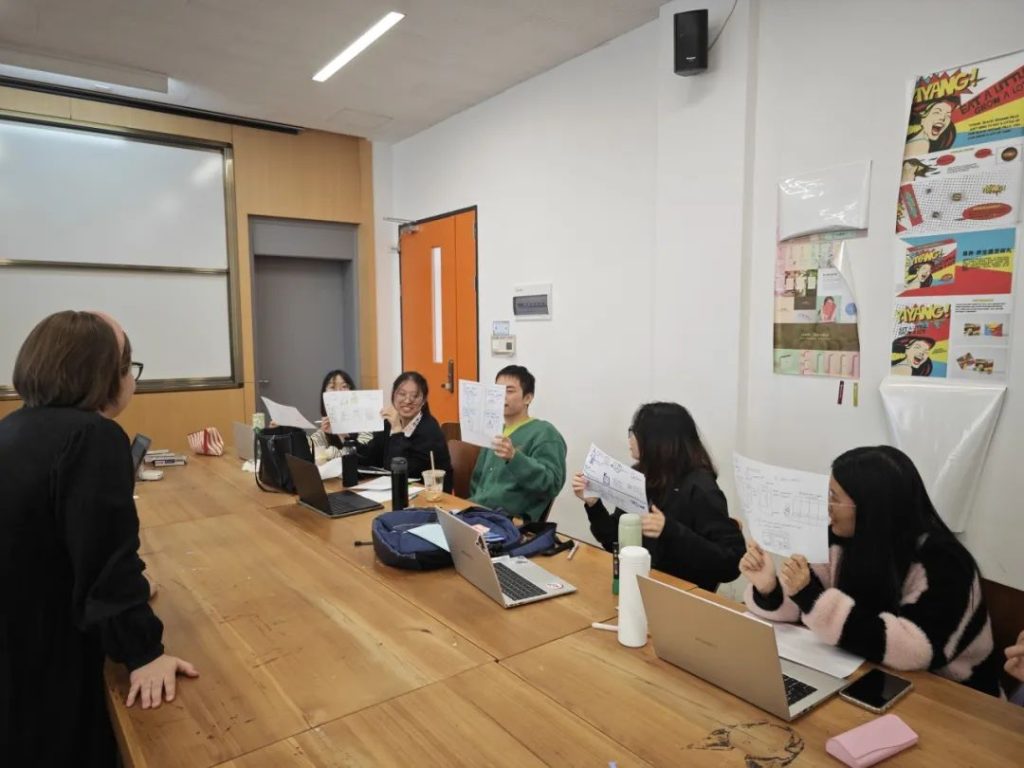
Mentor Introduction
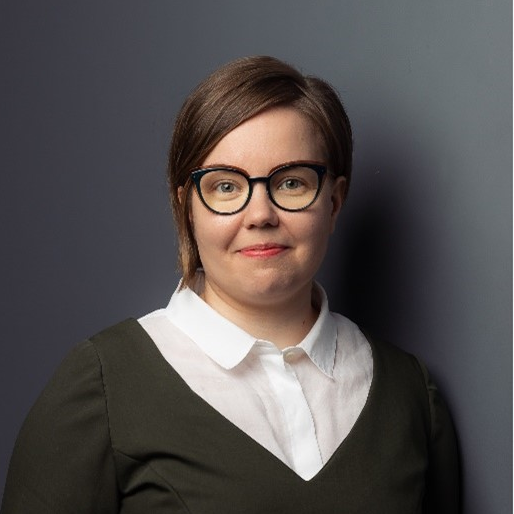
Dr. Titta Julkäs, Senior Lecturer at the University of Applied Sciences for Branding, Germany, and PhD in Design at the University of Kaplan, Finland. He has worked as a service designer for Volkwagen Volkswagen Group, Germany, and as a designer for well-known companies such as Frog, Capgemini, and Finland Oyq, as well as an expert in design and development for KEHA-keskus in Helsinki. He has published several monographs and papers, including "Shared Paths: Human-Centered Digital Service Design and Artificial Intelligence".
Course Features
The process of brand building and designing is complex and challenging.Ms. Titta Julkäs uses thesituational approachwill"Digital Sustainability"This concept is introduced into the classroom, leading students to train in design thinking and learn to utilize emerging technologies and software to create new brands that will be competitive in tomorrow's society.
Deconstructing Principles, Learning Methods
Ms. Titta Julkäs guided the students to analyze successful branding case studies, and the students understood the principles of brand building and design from multiple dimensions such as logo, voice, and culture. The main task of "building a digitally sustainable brand" was cleverly broken down into multiple modules, guiding students through the entire brand design process in a more scientific and systematic way. ThroughSplitting of systems and rationalization of tools, Ms. Titta Julkäs has a plan to help students solve each subtask one by one.
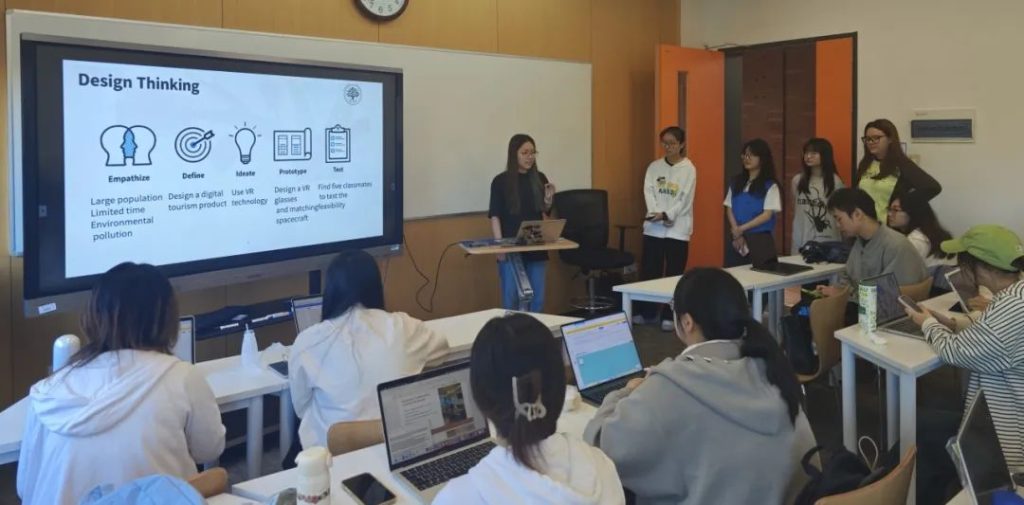
Based on the areas selected by each group, she set up various problem situations to guide students to identify problems and explore ways to solve them, maximize students' potential, and inspire them to apply the principles of branding. In addition, the classroom modules are designed toField Trip - Field TripIn the "Ningbo Fashion Art Festival" session, the students analyzed the design concepts, design principles, and branding of the participating brands under the guidance of Ms. Titta Julkäs, and the students actively participated in and communicated with the exhibitors to learn about the brand concepts and design ideas.
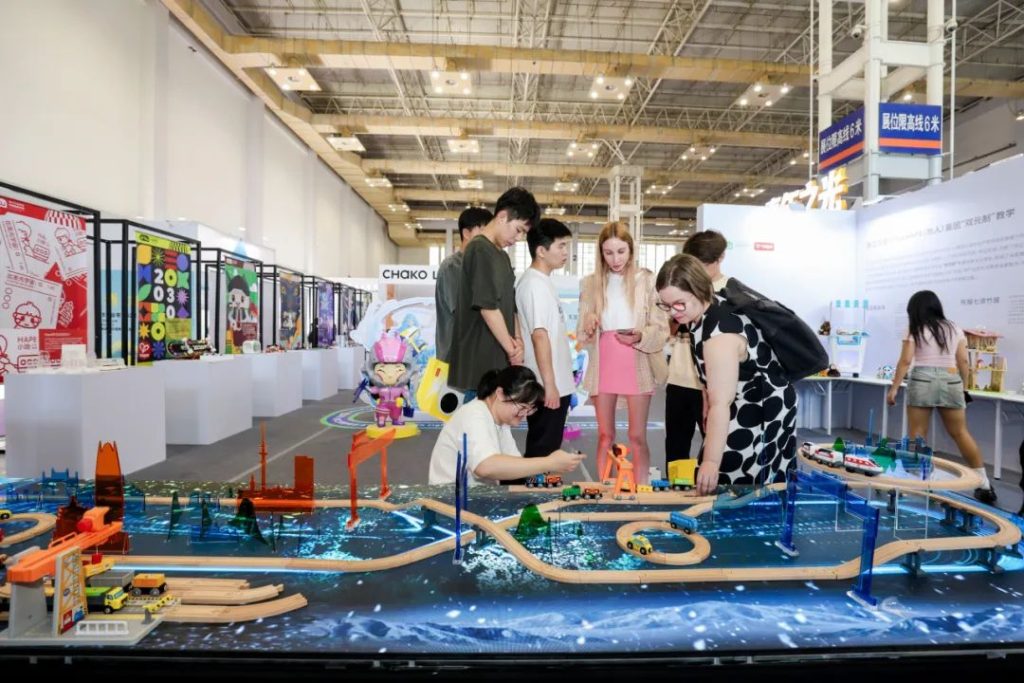
A new attempt to look to the future
The course project focused on digital trends, with teacher Titta Julkäs brainstorming with students on how to build sustainable brands in the digital age. After listening to the teacher introduce cutting-edge digital technologies such as artificial intelligence and virtual reality in class, the students try to incorporate them into their group's brand building.
Digital tools for efficient collaboration
Ms. Titta Julkäs introduced the students to a variety of useful software in the class, including Boords and Storytribe, which are used to create brand storyboards, and Figma, a design collaboration tool. This not only improved the efficiency and effectiveness of the students' brand design, but also stimulated their creative thinking and practical skills.
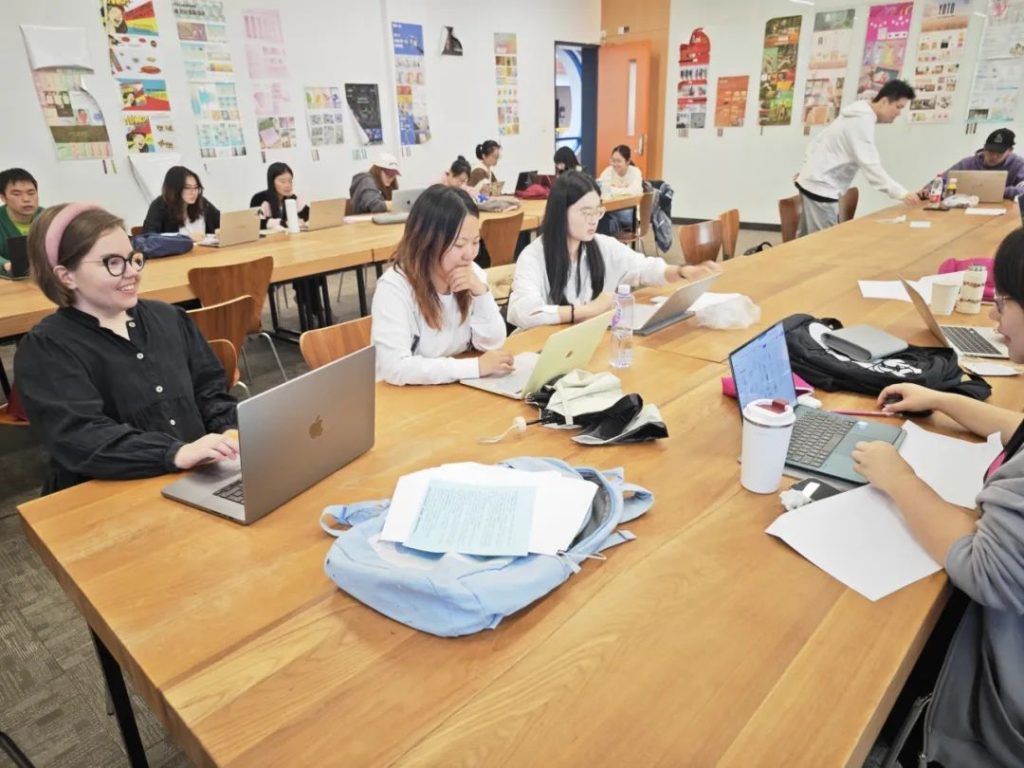
Student Outcomes & Evaluation
Ye Ningyi Chen Yuqi Huang Yuru Lai Tingting
--Branding Management (Sino-German 2+2) 22A1
Topic:Comfort Nursing Home
Work description:We are centered around"Digital Sustainability"This theme is used to design the new brand"Conrad Nursing Home.". During the design process, we mainly consider the two aspects of digitalization and sustainability. The nursing home uses digital monitoring and other science and technology to provide a more comfortable, healthy and safe environment for the elderly. In pursuit of sustainability, the nursing home uses safe, non-toxic and environmentally friendly materials for infrastructure construction, and installs intelligent waste recycling equipment to reuse waste.
Ye Ningyi:The Principles of Brand Design course has given me a deeper understanding of brand design, and Ms. Titta has made the class more lively and interesting by adding practical operations to the original brand theory, such as designing brand applications and constructing brand stories. She also provided us with a lot of interesting and effective brand design websites, such as StoryTribe and Uizard, which opened up our horizons. In addition, the course also taught us a lot of methods of collaborative conceptualization, such as the 635 conceptualization method, which made us experience the fun of group work. Overall, this course has taught me a lot, and I have learned that brand design not only needs to consider efficiency and digitalization, but also needs to take into account the sustainable factors to promote the sustainable development of the brand.
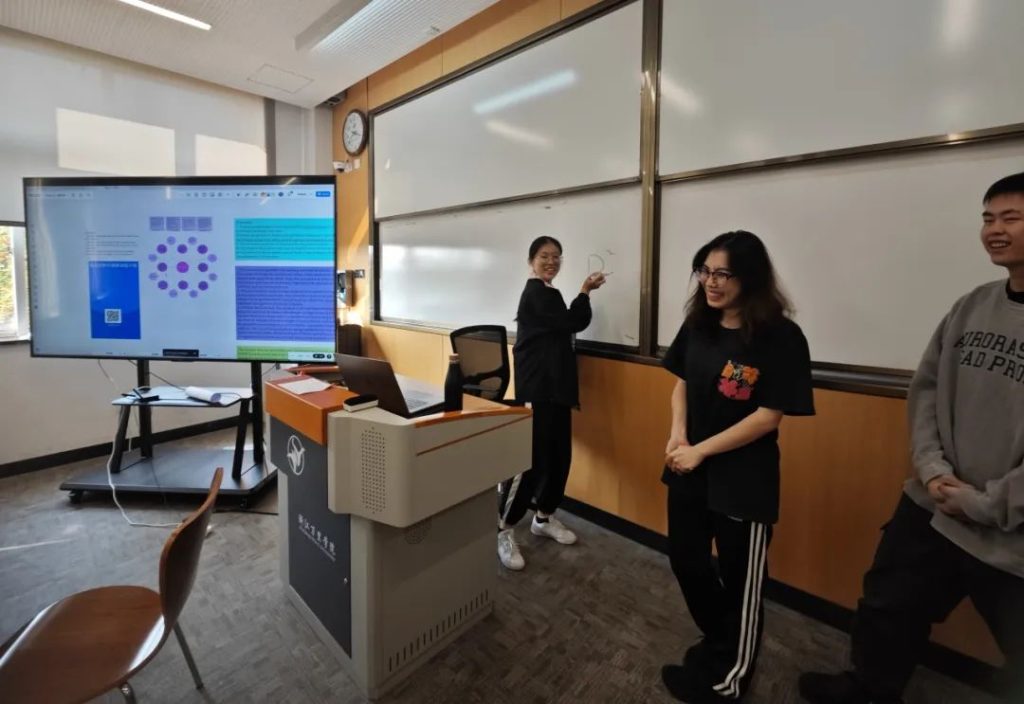
Wang Zixuan Ye Siyu Ma Chenhui Liu Zhenyao Chen Juan
--Branding Management (Sino-German 2+2) 22A1
Topic:Daily Diet (D²)
Work description:Our group's creative ideas revolved around the theme of sustainability, creating an application that combines health and diet. Our motto is For Your Health and we want to address the issue of food safety as well as people's health. Our software can be used by users of any age, and through big data analytics processing, we can provide customers with accurate information about their food and monitor their health condition, so that sustainability and health can develop together.
Ye Siyu:I gained a lot of knowledge and fun in Ms. Titta's Principles of Brand Design course. I still remember the first session of Imagination Development, where the students were immersed in their own fantasy journey. The teacher made a natural transition to "Group Thinking". She also taught us how to properly use various software to complete our assignments efficiently and with high quality, such as creating vivid images of our target users and drawing our story boards.This course not only enriched our knowledge of the branding program, combining theory and practice closely, but also made us appreciate the importance of group work.
Ye Jiaxu Jin Rui Qi Xinwen Wang Yanting Yang Siyang
--Branding Management (Sino-German 2+2) 22A2
Topic:MIRREAL
Work description:Our brand MIRREAL is an online makeup trial software that uses AR technology to more realistically simulate the effects of makeup under different environments and lighting. The name of the software is a combination of mirror and real, which is intended to let people find their own real beauty when using it. Due to the serious waste of cosmetics in normal life, purchased cosmetics are often thrown away because they are not suitable. In response to this phenomenon, and incorporating the concept of digital sustainability, we designed this software to solve this problem.
Kim Rae:We have benefited a lot from the course "Principles of Brand Design". The course was centered around the concept of digital sustainability, and under the guidance of our tutor Titta, we completed the design and final presentation of our projects step by step, during which we learned a lot of new knowledge and new tools. The tutor, Titta, had a relaxed and pleasant style of lecturing, and in each class, she would carefully and responsibly guide each group's project. In the classroom, there was time for us to work on projects and tutorials, and the course was practice-oriented, so we kept applying the theories we learned into practice. What impressed us most was the mid-course field trip to the Ningbo Fashion Art Festival, where we went on a field trip to really feel and experience the visual presentation and concepts conveyed by different brands, which also brought us a lot of references and inspirations for our project design.
Cao Sijie Sun Yuxin Liu Xinyi Luo Yao Chen Xinyue
--Branding Management (Sino-German 2+2) 22A2
Topic:Vitality Verse
Work description:Focusing on the two themes of "artificial intelligence" and "sustainable development", we have designed a new type of agricultural management application that utilizes digital technology to improve the efficiency of agricultural production, reduce the waste of resources, and improve the quality and safety of agricultural products. Compared with traditional agriculture, which mainly relies on past experience for judgment, decision-making and implementation, digital agriculture uses digital equipment to help control and accurately implement production decisions with real-time "data" as the core, and provides technical support for preventive maintenance of equipment, intelligent logistics, and diversified risk management tools through artificial intelligence, while at the same time At the same time, it provides a platform for the integration of production and marketing, thus significantly improving the operational efficiency of the agricultural industry chain and optimizing the efficiency of resource allocation.
Cao Sijie:We started with a superficial understanding of AI and sustainability, and with the aid of Ms. Titta's reading assignments, we gained a deeper understanding of digital technology. In the classroom, the teacher used a step-by-step teaching model, leading us through activities such as brainstorming, designing a brand story, and analyzing target personas. We put forward what kind of problems customers may encounter and what kind of products they need, and then break them down one by one to solve the problems, so that the products become more and more concrete from a concept. The atmosphere in the class was cordial, and we learned how to expand our thinking and improve our creativity, which can then be applied to our future learning.
